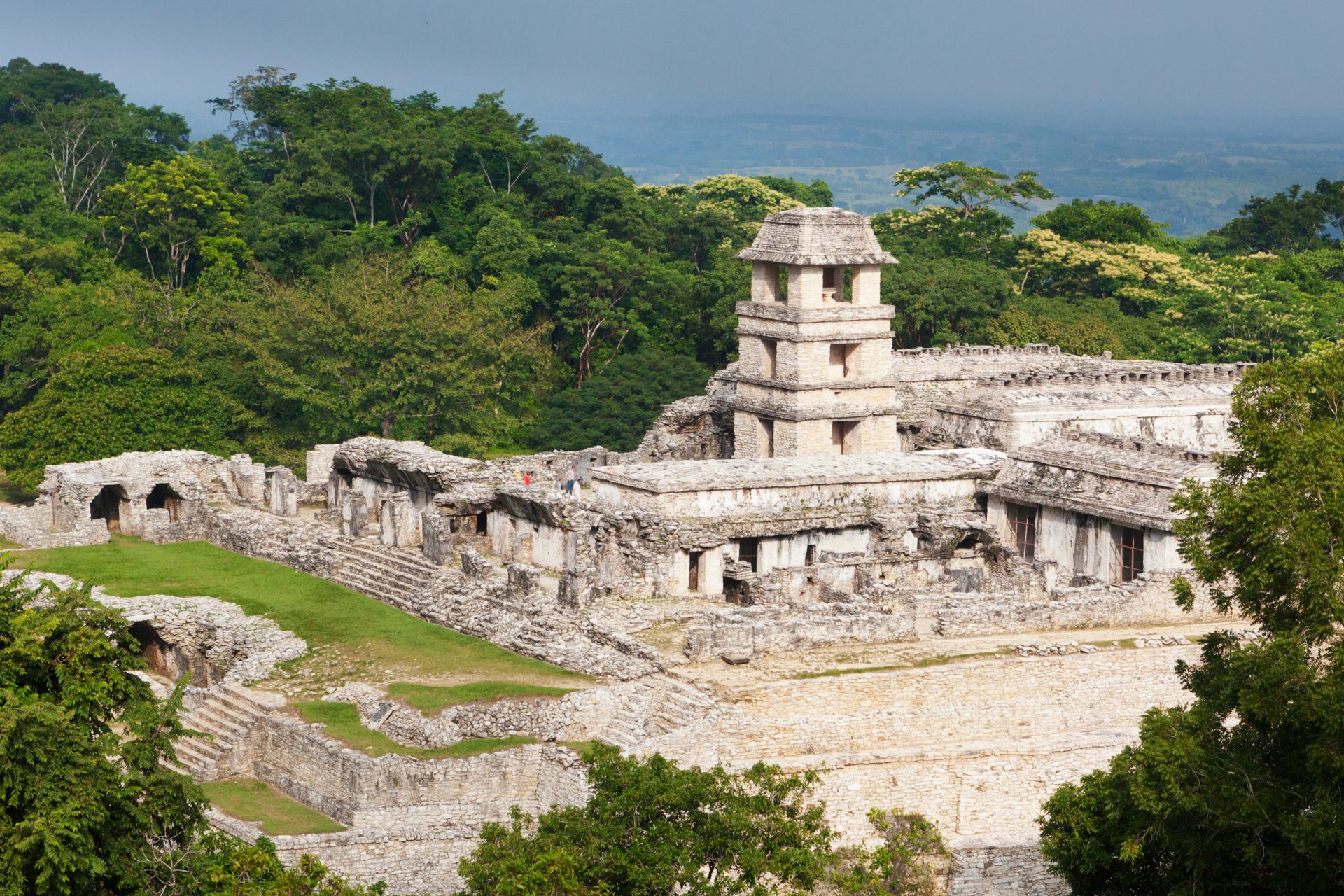A project led by the Ministry of Culture of the Government of Mexico, through the National Institute of Anthropology and History (INAH), has determined that the roof at the Palace of Palenque (El Palacio) was originally painted red.
Palenque, also known in the Itza Language as Lakamha (meaning “Big Water or Big Waters”), was a Maya city state in southern Mexico.
Palenque is a medium-sized city, smaller than Tikal, Chichén Itzá, or Copán, but it contains some of the finest architecture, sculpture, roof comb and bas-relief carvings of the Maya world.
The Palace of Palenque is the largest complex within the ruins, that archaeologists believe served as the ceremonial and administrative centre. The complex interior is a maze of 12 rooms or “houses”, two courts and the tower, a four-level square structure known today as “The Observation Tower”.
As part of a four-year conservation project of the houses designated as B, C, D and E, the restorers have reconstructed parts of the structures from the archaeological remains of the roofs and their foundations.
Within house D, the team identified red polychromy, suggesting that the roof was originally painted red. The red pigment was produced from a mixture of iron oxides and other minerals, preserved in layers of paster made from lime and sand.
Pigments held an important symbolic value and ceremonial significance for the ancient Maya, leading to the researchers to rethink the role the roof on the structures at Palenque played for the inhabitants.
Header Image Credit : Zaruba Ondrej





